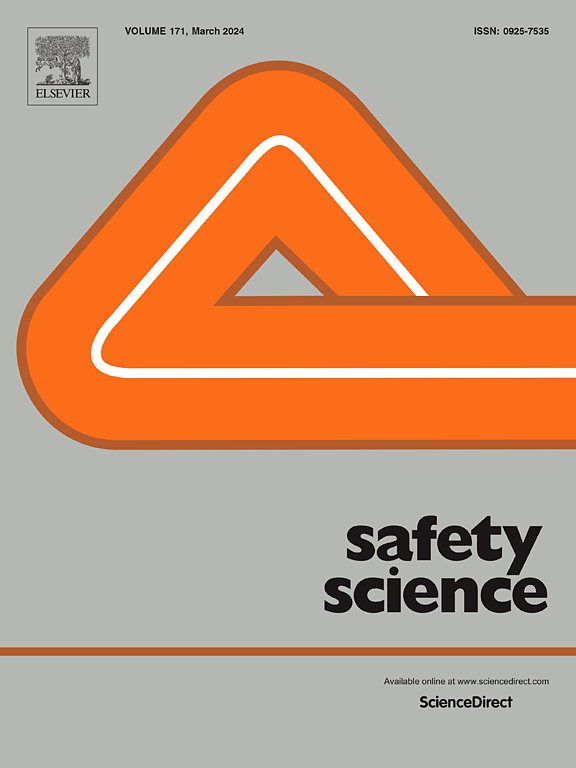Workplace health and safety performance at the client-contractor interface: Measurement, management and behaviour
IF 4.7
1区 工程技术
Q1 ENGINEERING, INDUSTRIAL
引用次数: 0
Abstract
As the initiators of construction projects, clients have the ability to influence work health and safety (WHS) in the projects they procure. One of the ways they seek to do this is through the implementation of measurement regimes to collect data that they then utilise to manage the WHS performance of the contractors they engage to deliver projects. However, the validity of widely utilised WHS performance indicators has been questioned and the effectiveness of measurement and management regimes in influencing WHS performance across the client-contractor boundary is not well understood. There is therefore a need to better understand the characteristics of effective measurement and management activities as implemented by construction clients to influence contractors’ WHS performance. Qualitative interviews were conducted with client and contractor representatives engaged in the delivery of large-scale infrastructure construction projects. It was observed that clients implement performance measurement and management (PMM) approaches in relation to WHS. These were grouped into ideal types, i.e. regimes reliant on autocratic, bureaucratic or collaborative forms of control. It was observed that autocratic and bureaucratic PMM regimes produced counterproductive behaviours, including manipulation of information, the promulgation of safety ‘clutter,’ poor quality client-contractor relationships and low levels of trust. In contrast, collaborative regimes produced higher levels of trust, open and honest reporting and collaborative problem-solving in relation to WHS. The findings suggest that PMM regimes should be carefully designed and implemented to ensure that they are effective.
求助全文
约1分钟内获得全文
求助全文
来源期刊

Safety Science
管理科学-工程:工业
CiteScore
13.00
自引率
9.80%
发文量
335
审稿时长
53 days
期刊介绍:
Safety Science is multidisciplinary. Its contributors and its audience range from social scientists to engineers. The journal covers the physics and engineering of safety; its social, policy and organizational aspects; the assessment, management and communication of risks; the effectiveness of control and management techniques for safety; standardization, legislation, inspection, insurance, costing aspects, human behavior and safety and the like. Papers addressing the interfaces between technology, people and organizations are especially welcome.
 求助内容:
求助内容: 应助结果提醒方式:
应助结果提醒方式:


